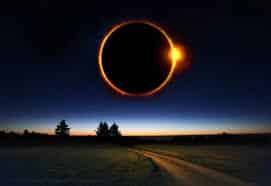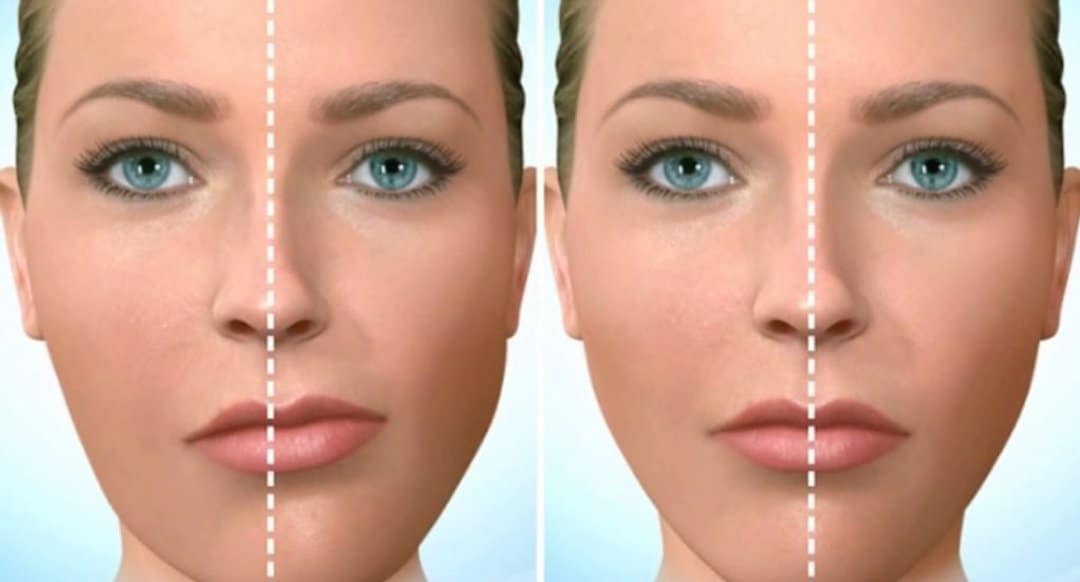Lunar dust protect from the sun's rays

Lunar dust protect from the sun's rays
Lunar dust protect from the sun's rays
The lunar dust spread in space may constitute an effective protection for the Earth from sunlight that contributes to combating climate change, according to what a team of researchers saw in a study published, Wednesday, by the PLOS Climate magazine.
These US-based scientists wrote that the “large amounts of dust” present between the Earth and the Sun could “limit the amounts of sunlight received” by the planet.
The idea is to create something like a barrier that allows part of the radiation to be blocked to mitigate climate change.
The researchers simulated a number of scenarios, including the scattering of dust particles from a space platform located at one of the Lagrangian points, where the gravitational forces between the Earth and the Sun are balanced.
This dust should thus form a protective barrier but can disperse easily, requiring re-dusting every few days.
Scientists also proposed another solution that they saw as promising, which is the scattering of lunar dust directly from the surface of the moon in the direction of the sun by means of rockets.
And they explained that they had identified “orbits that allow dust grains to provide shade for days.” They explained that the advantages of this method are that this resource is abundant on the Moon, and that it requires less energy consumption than a launch from Earth.
However, they acknowledged that the matter is currently limited to exploring the possibility of adopting this solution in theory, and did not reach the extent of studying the feasibility of this technology.
"We are not experts in climate change or aerospace engineering," said Ben Bromley, professor of physics and astronomy at the University of Utah, who is the lead author of the study.
Recently, there have been many geoengineering projects aimed at limiting the climate warming that the earth is suffering steadily, but some of them are nothing more than science fiction.
Among the most prominent of these projects is the deliberate addition of suspended particles in the stratosphere to block part of the sun's rays.
But the United Nations has warned that such technology could have negative effects on the ozone layer. Using lunar dust, away from Earth's atmosphere, would avoid this problem.
However, the scientific community dealt with the study, which was published on Wednesday, with some reservations.
Confirming that lunar dust could indeed be used as an umbrella, Stuart Hazeldine of the University of Edinburgh stressed the need to choose "the right particle shape, the right size and just the right place", which is not easy.
As for Joanna Hay of the University of “Imperial College London,” she saw that “the main problem is the suggestion that projects of this kind will solve the climate crisis, while giving polluters an excuse not to act” to deal with it.






